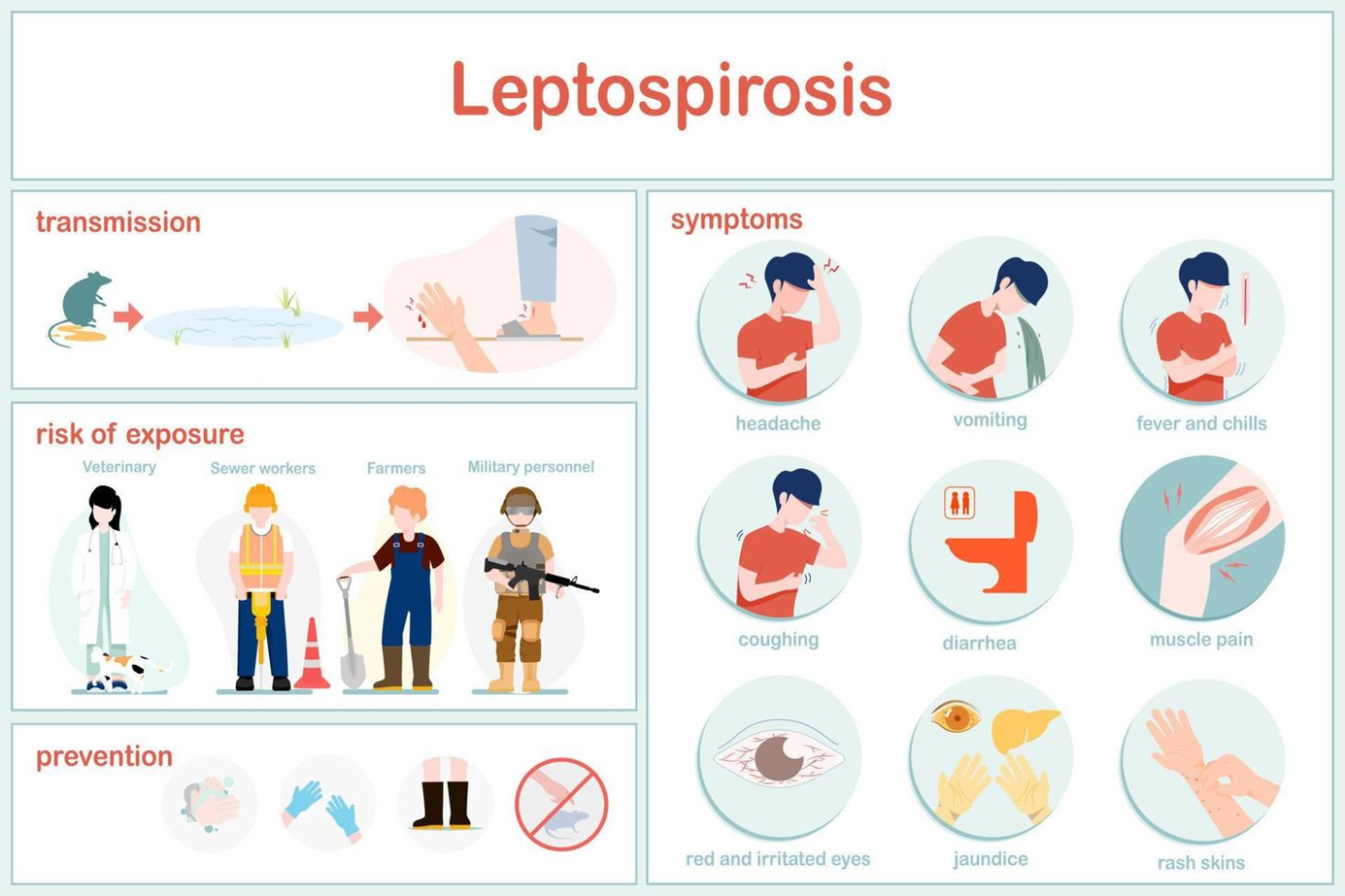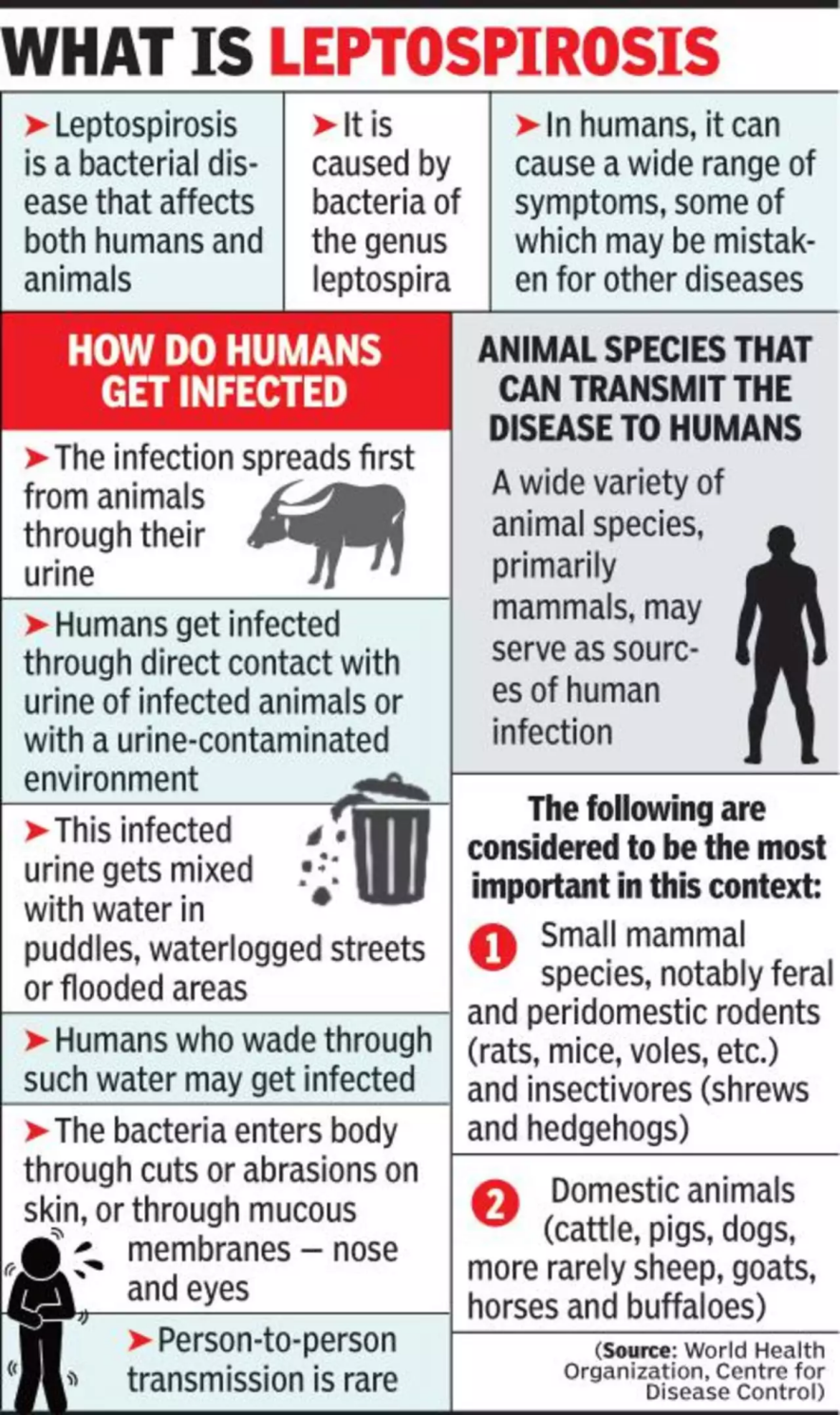Free Courses Sale ends Soon, Get It Now


Free Courses Sale ends Soon, Get It Now



Copyright infringement not intended
Picture Courtesy: www.vecteezy.com
Context: Odisha is currently facing two disease outbreaks: Scrub Typhus and Leptospirosis, resulting in the deaths of six people in the state. The most recent death from Scrub Typhus was reported in Sundergarh district, while five people in Bargarh district had previously succumbed to the disease.
Details
Scrub Typhus
Origin
Symptoms
Treatment
Leptospirosis
Origin
Symptoms
Complications
Treatment

Picture Courtesy: timesofindia.indiatimes.com
Conclusion
Must Read Articles:
LEPTOSPIROSIS: https://www.iasgyan.in/daily-current-affairs/leptospirosis-43
|
PRACTICE QUESTION Q. Consider the following statements in the context of the Leptospirosis disease: 1. Leptospirosis is caused by a group of viruses called Leptospira. 2. It affects both humans and animals. 3. There is no vaccine available for Leptospira. How many of the above statement is/are incorrect? A. Only one B. Only two C. All three D. None Answer: B Explanation: Statement 1 is incorrect. Leptospirosis is not caused by a group of viruses; it is caused by a group of bacteria called Leptospira. Statement 2 is correct. Leptospirosis can infect both humans and animals, and it is considered a zoonotic disease because it can be transmitted between them. Statement 3 is incorrect. There are vaccines available for certain strains of Leptospira, and they are used to prevent infection in high-risk situations, such as among veterinarians, agricultural workers, and people who engage in outdoor activities in areas where leptospirosis is endemic. |
© 2024 iasgyan. All right reserved